

Crocus is a tiny bulb flower blooming either at the end of winter or in fall.
Core Crocus facts
Name – Crocus
Family – Iridaceae
Type – spring bulb
Height – 6 to 8 inches (15 to 20 cm)
Exposure – full sun, part sun
Soil: ordinary – Planting: spring/fall – Flowering: winter or fall (variety)
Planting and care are a set of small actions that, if properly performed, will boost blooming.
There are two planting periods, each matching the one or the other variety. The species that produces saffron is called Crocus sativus.
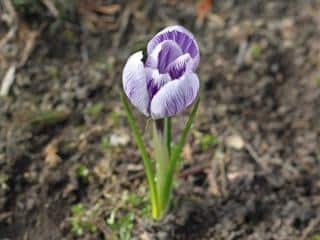 It is recommended to plant in fall those bulbs of species that bloom at the end of winter
It is recommended to plant in fall those bulbs of species that bloom at the end of winterFollow a planting depth of 2 inches (5 cm) and plant in clusters of at least 20 to 30 bulbs.
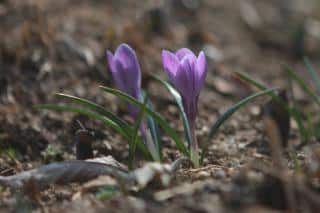 At the end of the blooming, wait for leaves to turn yellow before cutting them off, because this is exactly when the flower is storing nutrients in its bulb for the next blooming cycle.
At the end of the blooming, wait for leaves to turn yellow before cutting them off, because this is exactly when the flower is storing nutrients in its bulb for the next blooming cycle.
If you’ve planted crocus in the middle of your lawn, wait for the crocus leaves to have wilted before mowing for the first time in spring.
Usually, this will match with the end of the first dandelion blooming. You’ll have a lawn dotted with yellow dandelions, but won’t have to suffer through all the weeding!
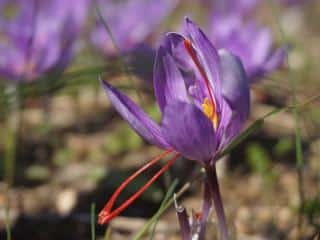 Crocus sativus, as mentioned above, is the variety from which saffron is collected. This is arduous work!
Crocus sativus, as mentioned above, is the variety from which saffron is collected. This is arduous work!
Other crocus species include Crocus chrysanthus, Crocus sieberi, Crocus tommasinianus, Crocus olivieri…
Many of these grow in the wild, but garden centers are beginning to introduce them as botanical crocus varieties.
Crocus sativus produces three long pistils (the female pollen-receiving organ) per flower.
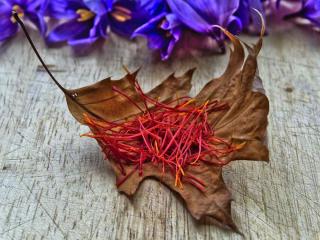 Early morning, when flowers have just opened, harvesters scour the flower beds to pick each fresh flower by hand, whole.
Early morning, when flowers have just opened, harvesters scour the flower beds to pick each fresh flower by hand, whole.The faster the process, the higher the quality, but there are also other factors: variety, soil, water, sun…
A million flowers will yield only 5 kg of flowers, so you can imagine how much work this is! Luckily, you only need a few to prepare a savory meal…
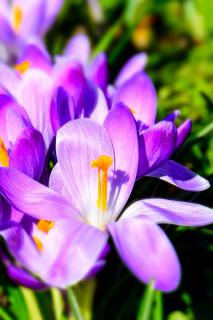 This bulb plant is remarkable for the beauty of its flowers that are most often a blend of blue and violet, that often appear in the middle of the lawn or at the foot of trees.
This bulb plant is remarkable for the beauty of its flowers that are most often a blend of blue and violet, that often appear in the middle of the lawn or at the foot of trees.
They are perfect to highlight your garden at the end of winter or in fall, when clusters large and dense enough start forming incredible flowered spots all around.
As a spice, it’s a valuable crop, but since flowers only last a day, it’s a challenge to time your availability for the harvest…
Also great for growing in pots, where it takes over after snowbell and muscari start fading.
In a lawn, crocus will multiply and spread over the years, but for that you must refrain from mowing until the leaves have wilted away…